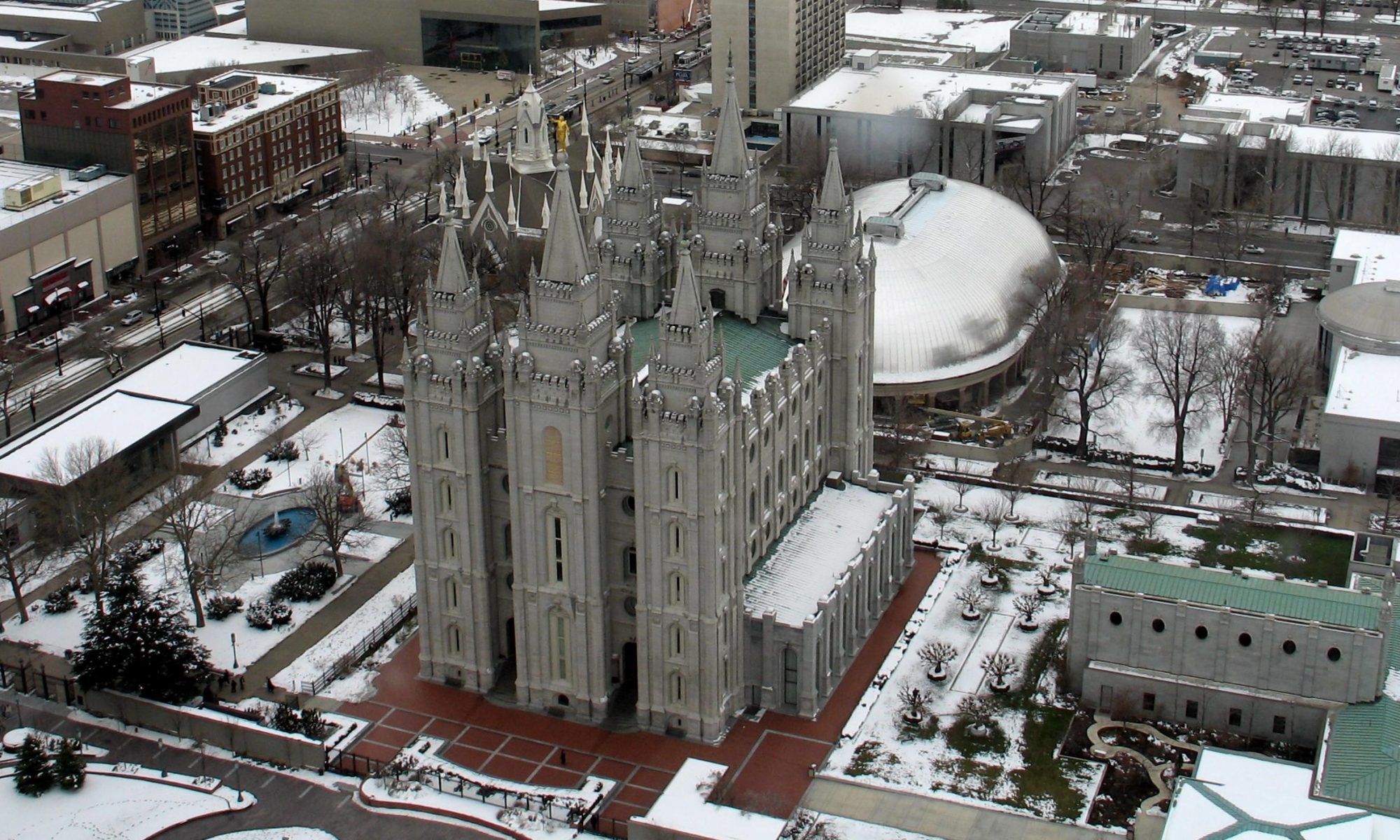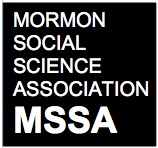Question:
I have a question for you, whenever you can. I would like to know if there is any study on the following problem: Is the LDS church and/or any other church in the US consistently using social statistics as an important way to present itself to the public? If so, is it usually done in a comprehensive and honest way, showing both achievements and shortcomings, or just for occasional propaganda?
from Michael Nielsen:
My reply would be that institutions in general tend to emphasize the positive to their stakeholders or other audiences, and minimize the negative. Churches are no different. The abuse of children by priests is a good example of this, where no institution appears eager to “come clean” entirely, despite the fact that the issue is important.
That said, the LDS church does count its members differently (in a more centralized, top-down kind of way) than do most religious groups. Some have claimed that this shows an effort to use stats as a promotional tool. Perhaps so, but is this the result of natural (and unconscious) human tendencies toward self-promotion, or the result of a conscious or cynical scheme to manipulate public impressions? I think this may ultimately be an unanswerable question without somehow soliciting a candid response from someone sufficiently ‘in the loop’ to know whether this is discussed. If someone has made such a statement, I’d be interested in hearing it.
from Mel Hammarberg:
The Deseret News has published the annual Church Almanac for the past 30 years as an overview and statistical profile of the LDS church. The definitions for data collection seem to be relatively consistent and have served as a relatively unbiased though limited view of the church. With the growth of the church, many national surveys that use religion categories are now able to “break out” the LDS as a separate group. Tim Heaton and Lawrence Young at BYU (Sociology) could provide further background.
from Armand Mauss:
I’m sure that Perry Cunningham could explain what sorts of social data are regularly collected by the Church for its own internal purposes, as well as for public relations, but it is rare that any such “proprietary” data are released to the public. Certainly such data are used within the Church to show “both achievements and shortcomings,” one might say, but when shared with the public (including readers of Church magazines) such data will certainly be used selectively to influence the public image of the Church. If that is “propaganda,” so be it. Nearly any private organization (religious or otherwise) with an interest in cultivating a favorable public image can be expected to do the same. The public has a right to demand “comprehensive and honest” presentations of such data only for governmental or other public organizations, including, of course, any charities or other organizations benefiting by tax breaks (Note: The LDS religion has to report more extensive information in the UK – do a Google search on this.). At some point, we might well see a demand for churches to release “fair and balanced” data to the public on at least some of their activities, since churches do benefit by tax breaks.
A more promising resort to data “showing both achievements and shortcomings” would, in my opinion, be the increasing numbers of studies by social scientists based on large national data sets, such as the GSS, National Household Surveys, etc., most of which are in the public domain (Note: See also the ARIS study by CUNY). Tim Heaton and others studying the LDS scene have made good use of such data, and researchers of other religions have done the same. Though these kinds of data are not usually collected to show “achievements and shortcomings” per se, inferences about such can often be made and are made. I would advise anyone intending to evaluate or assess the performance of a religious organization, or its impact on members’ lives, to do a search of those kinds of quantitative studies based on national data sets (Heaton, Tim B.; Bahr, Stephen J., and Jacobson, Cardell K. A Statistical Profile of Mormons: Health, Wealth, and Social Life. New York: Edwin Mellen Press; 2005.). I think it’s expecting too much for any organization to make public internal data about itself, except with a public relations focus and motivation.
from Ryan T. Cragun:
I think the answers above make the major point – the LDS religion uses what little data it shares (mostly growth rates published in the Deseret Morning News’s yearly Almanac) to its own ends. Now, of course, to impute motive is never accurate, especially as concerns corporations. But most corporations act in their own self-interest. So, call it “propaganda” or “public relations” or their version of “honest accounting,” but, in the end, most people doing research in this area are aware of the problems with the data released by the LDS religion. There was a great presentation on this at the latest RRA/SSSR meeting in Portland by C. Kirk Hadaway. Using demographic methods and assumptions, Professor Hadaway argued that the LDS religion is over-reporting its membership in the U.S. by almost 3 million and not reporting the number of people leaving the religion every year via apostasy – somewhere around 40,000 or so leave each year according to his calculations (see attachment; Grant Palmer, a former CES instructor puts the estimate at closer to 100,000). Clearly the LDS religion reports data that favors the image of the religion – strong growth with no indication of people leaving. That information works for those not well-informed about the religion and likely for the members (it’s most likely intended for the members and possibly future members), but understanding how they maintain their membership rosters (they only remove people if (1) they request it via letter or (2) they are over over 110 years in age and are not actively attending services), leads to a clearer picture of the actual growth of the religion. Two great sources illustrating this in international growth of the religion are: (1) Knowlton, David Clark. How Many Members Are There Really? Two Censuses and the Meaning of LDS Membership in Chile and Mexico. Dialogue. 2005 Summer; 38(2):53-78. (2) Phillips, Rick. Rethinking the International Expansion of Mormonism. Nova Religio. 2006; 10(1):52-68. One of my presentations at that conference also examined this issue. If you’d like copies of any of these papers, please let me know.

